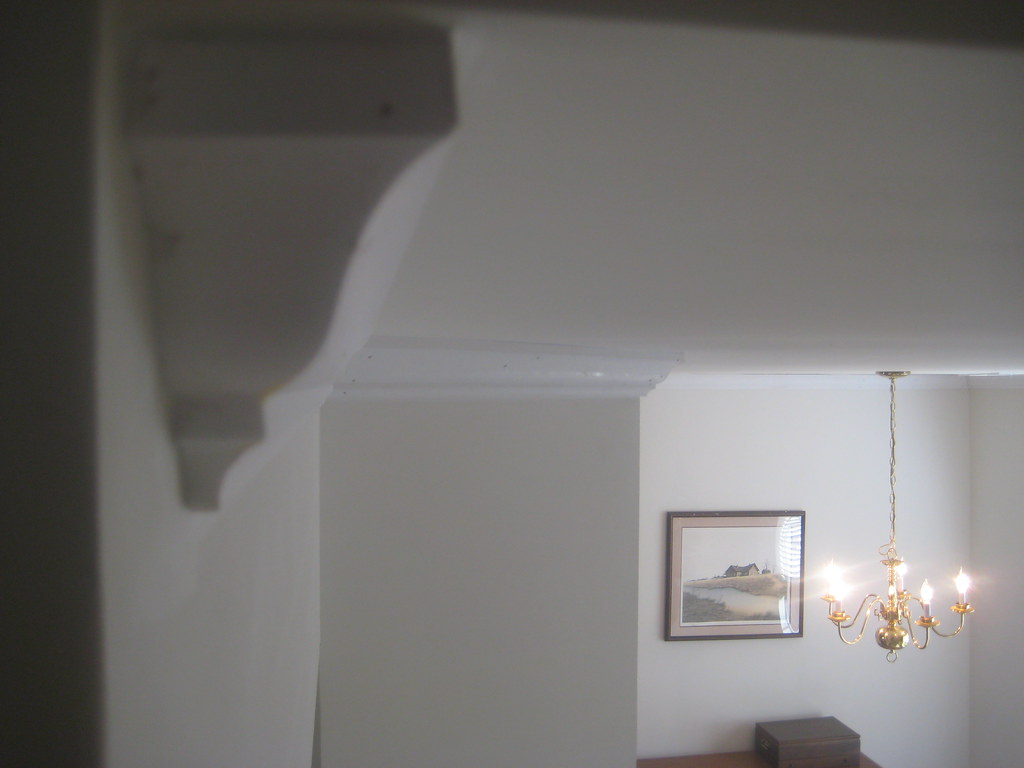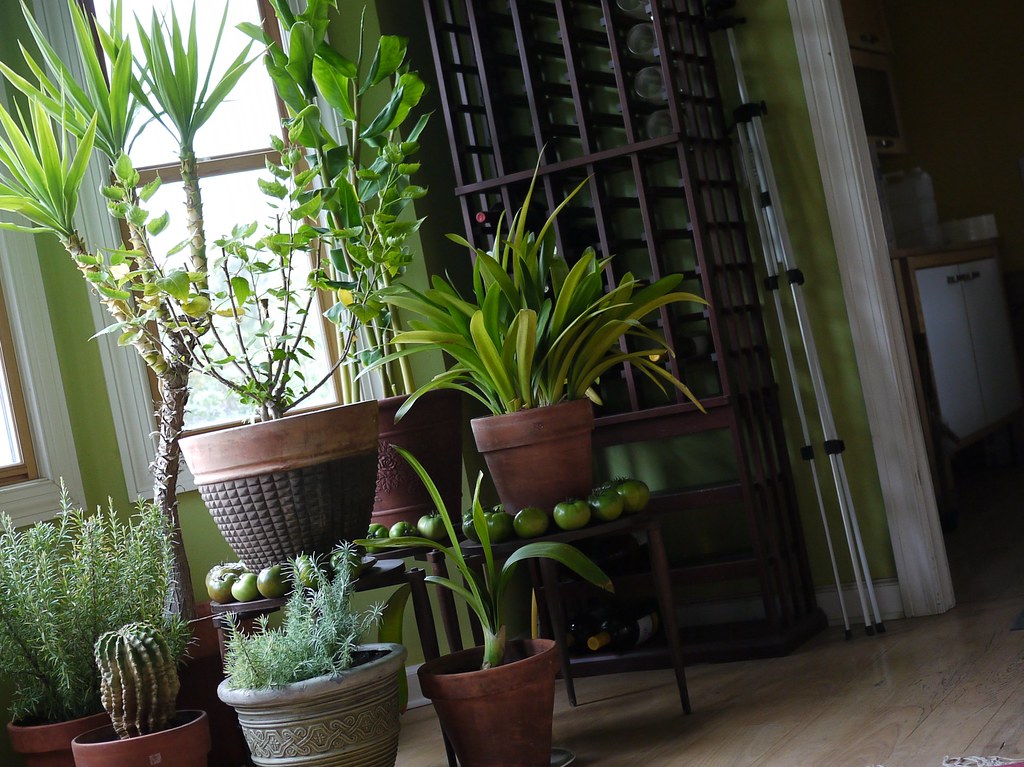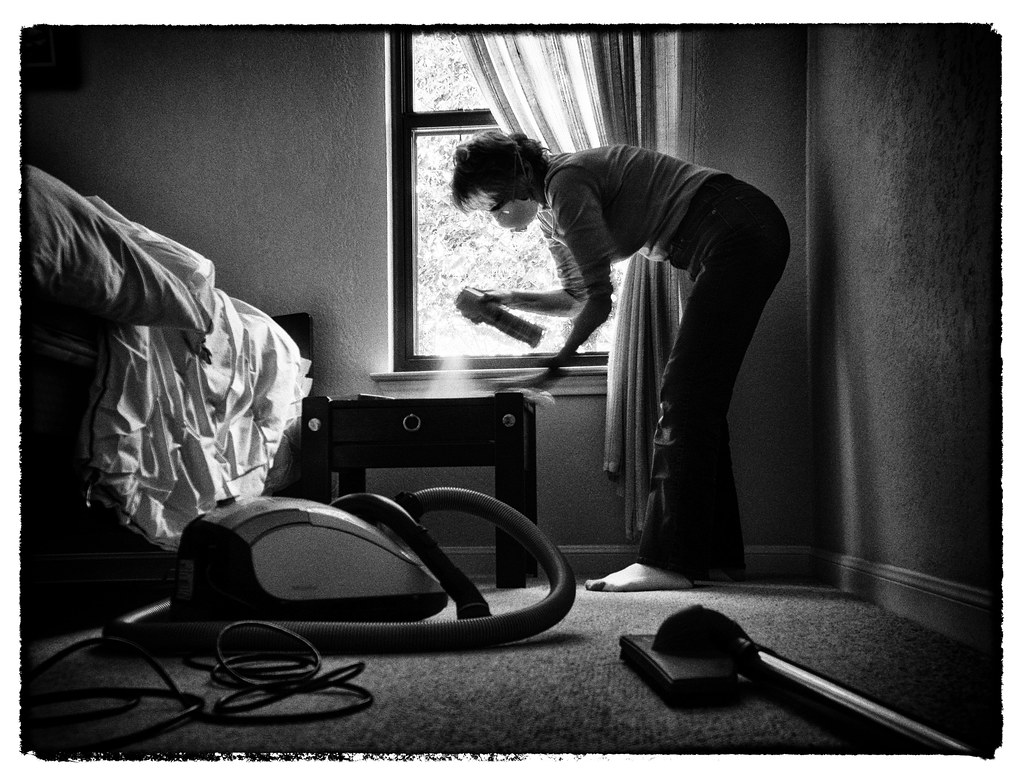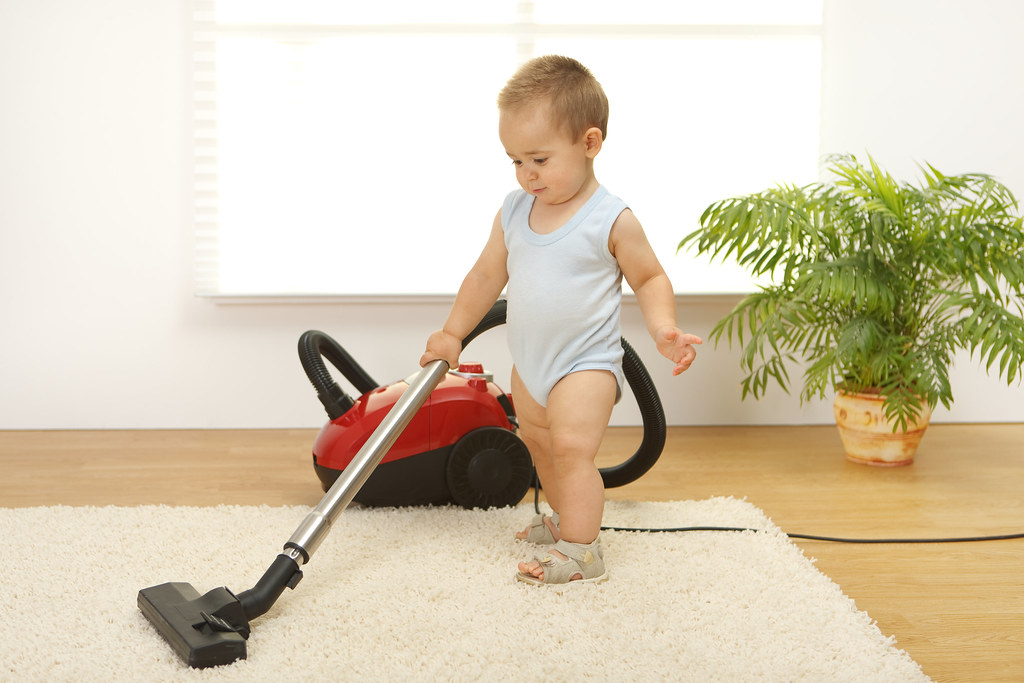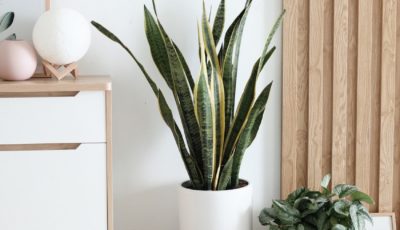3 Ways To Improve Your Indoor Air Quality
Indoor air quality in your home can make or break your lifestyle. If you have poor air quality, then you’re susceptible to more allergy problems, likely to get sick more often, and at risk of feeling uncomfortable whenever you’re trying to relax. Many homeowners have indoor air problems, but few have the time and budget to fix the issues. Fortunately, there are a few easy and affordable solutions to improve indoor air quality without making a huge financial investment.
Maintain a Healthy Humidity Level
Many homeowners are acutely aware of the temperatures in their homes, but few are aware of the humidity. They might notice if it gets muggy or feels particularly dry, but they have little control over the actual levels. Homes with high humidity levels are breeding grounds for mold, which can spread fast and become expensive to remove. Furthermore, mold can cause asthma flare ups and cause breathing problems for people with sensitive respiratory systems, making your home life miserable. No one wants to come home and struggle to breathe.
You can maintain the humidity in your home with a monitor on your thermostat along with a humidifier or dehumidifier to help balance the levels. This will reduce your risk of mold while making your home air clear.
Pick Up a Few Houseplants
One of the easiest ways to improve the air quality in your home is to add a few houseplants that will reduce the pollution in the air. The Spider plant, Bromeliad, and Dracaena are just three common choices that will remove chemicals while releasing oxygen into the air. The Dracaena plant in particular removes the most acetone, sucking 94 percent out of the air within a few hours.
Most of these houseplants are affordable and require minimal care. You can even invest in pots that self-water so you only have to fill the bulbs every few days. Even when you’re gone, they will continue to purify the air in your home.
Improve Your Dusting and Vacuuming Regiment
Few homeowners clean as often or as well as they should. While they might run the vacuum weekly, they often miss areas of the house until they’re caked in dust. This includes bookshelves, guest bedrooms, blinds, and ceiling fans. Not only does this dust cause allergy flare ups, but it makes it hard to catch it all when you do clean these areas. You could end up shooting dust particles into the air because there’s so much on the shelves.

Instead, create a checklist for dusting and add it to your regular cleaning system. Instead of dusting the blinds and ceiling fan monthly, wipe them down once a week. This will keep the dust in check in many of the hard to reach places.
By following these steps, you should be able to breathe comfortably in no time. As you make changes, try to determine what has the biggest effect on your health so you know what may trigger problems in the future. Within a few days, your home will feel more comfortable – and you will feel healthier living in it.

